Sea Glass Tools & Tips — Enhanced
Practical gear, field tricks, drilling & jewelry tips, and packing/display advice.
1. Tools & Gear for Better Beachcombing
Small investments in gear will make every trip more productive and comfortable.
| Tool | Purpose / Tip |
|---|---|
| Hardware cloth / wire mesh (¼"–¾") |
Quick size sorting on the beach — separate tiny shards from jewelry-grade pieces to avoid carrying unnecessary weight. |
| Scooper (chicken wire + PVC) | Scrapes through surf and sand without bending — excellent for shallow-water sifting and catching hidden pieces. |
| Buckets / zip bags / small containers | Organize by color, size, or quality; wrap fragile pieces individually to prevent chipping. |
| Gloves & knee pads | Thin nitrile gloves protect from barnacles/sharp shells; knee pads or a small mat increase field time and comfort. |
| Magnifier / loupe | Check surface frost, bubbles, and inclusions to decide whether a piece is keeper-grade. |
| Diamond drill bits & drill setup | Essential for turning finds into jewelry — use slow speed, lots of water, and sponge/wood support under the piece. |
| Safety gear | Safety glasses, mask, and a splash guard are crucial during drilling and polishing. |
Quick field tip: carry spare drill bits, a small towel, and a plain resealable bag for particularly wet or sandy pieces.
2. Smart Sorting, Grading & Selection
Decide in the field which pieces deserve time and space at home.
- Field triage: leave behind wafer-thin, cracked, or flaking shards unless the color is exceptional.
- Sort by size immediately: a quick pass with mesh makes your trip home lighter and preserves larger, better pieces.
- Wet-wipe/preview: dip a suspect piece in water or wipe it — color and clarity become much easier to judge.
- Look for contrast: bright cobalt, red, purple, or unusual aqua pieces stand out in the sand. Train your eye to spot "odd ones out."
- Grade by thickness & frosting: ideal pieces are medium-thick, evenly frosted, and free from hairline fractures.
- Record productive spots: note GPS, landmarks, or tide info so you can return. Many productive spots are repeatable over seasons.
3. Drilling & Jewelry Preparation
Key drilling techniques to protect both your piece and your tools.
- Diamond bits only: conventional bits will shatter sea glass.
- Slow & patient: use slow drill speeds, light pressure, and an intermittent up-and-down action to avoid heat buildup.
- Keep everything wet: drill under water or with a consistent water flow to cool glass and reduce dust.
- Sponge or wood underlay: cushions the piece and reduces vibration and cracking.
- Pilot holes: start small, then increase bit size gradually.
- Edge finishing: use fine diamond sanding bits or wet abrasive pads to remove burrs.
- Always wear protection: safety glasses and a mask (even when drilling wet) are required.
Drilling setup ideas
Use a shallow tub of water with a small wooden block submerged. Place the sea glass on the block, immerse, and drill. The water cools and reduces airborne dust; the wood supports the glass.
4. Locating Promising Beaches & Timing
The right beach at the right time matters more than a fancy scooper.
- Target storm events: after rough surf or storms, walk the wrack line and high tide zone — glass often gets churned up and pushed ashore.
- Low tide advantage: low tide reveals rock crevices, tide pools, and uncovered sandbars where glass collects.
- Look for industrial/historical sources: old shipping lanes, river mouths, and former glassworks upstream can send unique colors down to local beaches.
- Walk parallel to the water: glass tends to travel along swash lines — covering distance parallel to the surf is more productive than repeated passes up and down the same stretch.
- Talk to local collectors: online forums, beach comments, and Odyssey beach reports (link below) often reveal which beaches are active this month.
- Respect rules & conservation: some parks or protected beaches limit or prohibit removal of natural materials. Always check local regulations.
5. Maintenance, Transport & Display
- Rinse salt & sand: when you get home, rinse in fresh water and gently scrub with a soft toothbrush if needed; dry completely.
- Wrap individually: soft cloth or tissue prevents chips while traveling or storing.
- Label finds: beach name & date help provenance and storytelling — useful for selling, gifting, or memory keeping.
- Gentle polishing: avoid harsh chemicals; if you must clean, use mild soap and water only.
- Display safely: shadow boxes, soft mountings, or wire wraps that don't stress edges are ideal for prized pieces.
6. Pro Tips & Final Notes
- Carry a small notebook or voice memo app to record where and when you found special pieces.
- Rotate your diamond bits before they get too dull — blunt bits create heat and increase breakage risk.
- When starting, aim for practice: not every piece needs to be a keeper. The hunt trains your eye.
- Share tips and location observations with local groups — sea glass communities are generous with hard-won knowledge.
This enhanced tools & tips guide builds on content and techniques commonly shared by Odyssey Sea Glass and the broader sea glass community. For more regional beach reports, tutorials, and detailed drilling guides, visit Odyssey Sea Glass.
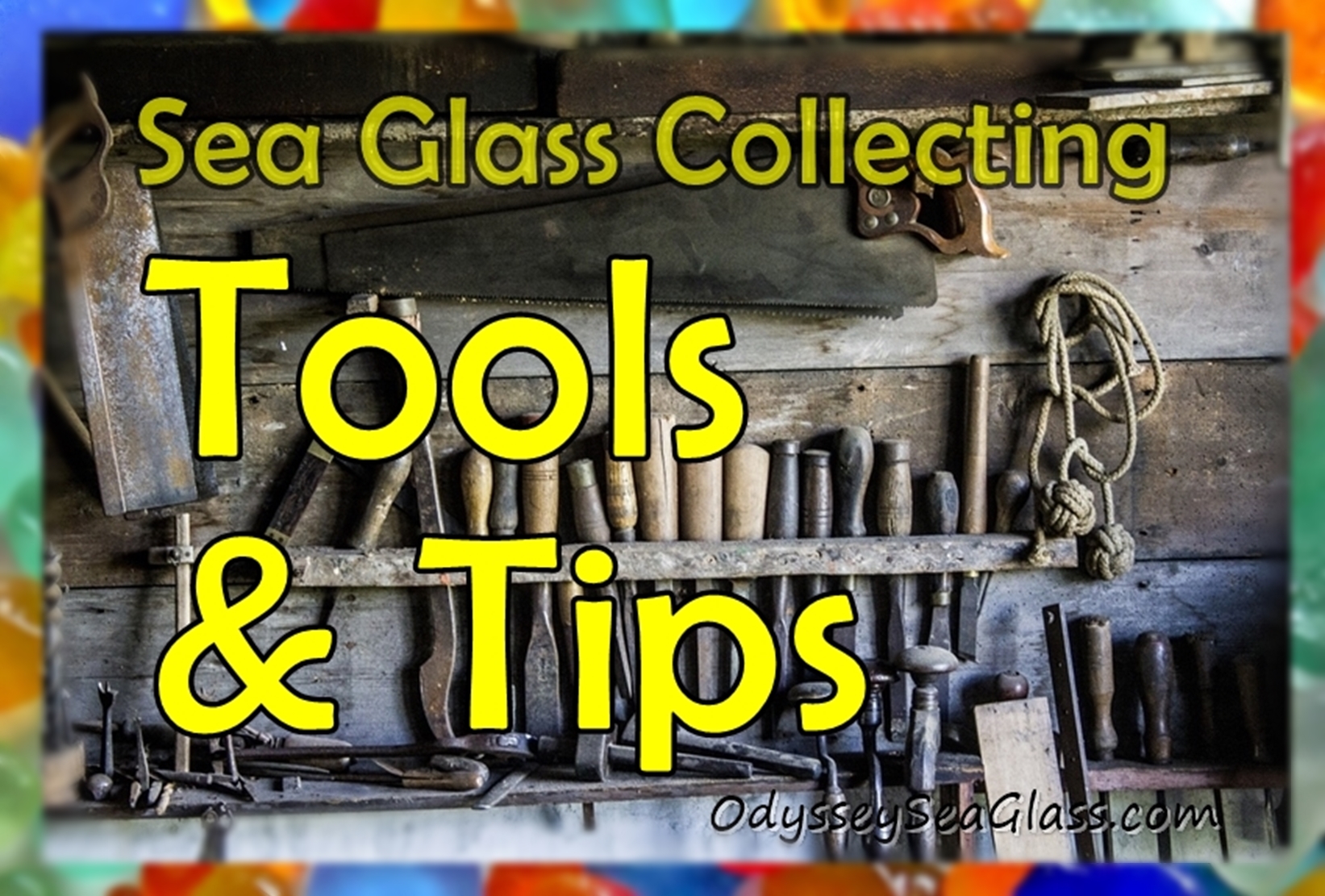
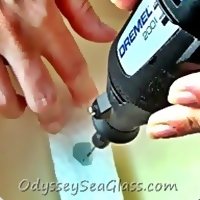
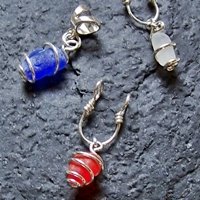
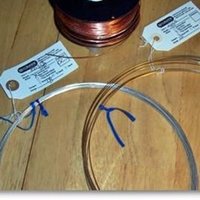
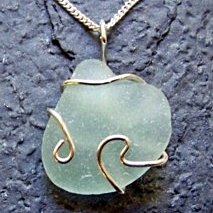
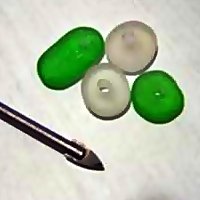
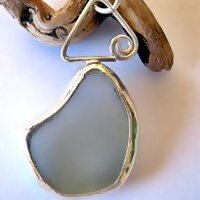
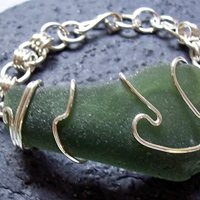
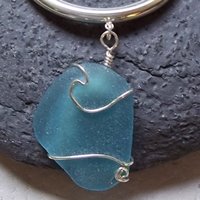
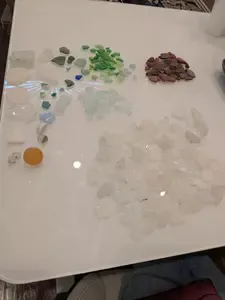
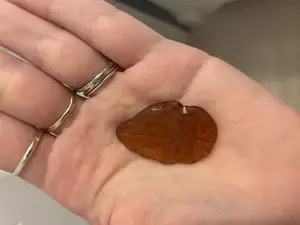

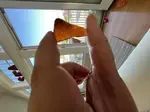
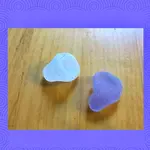
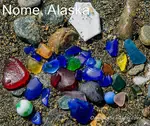

Comments!
We love receiving your comments, but please read the notes below before posting. Thank you!NOTES:
All comments are moderated. If you leave the page you won't see your comment until it is approved.
Select the "Post to Facebook" check box to be notified on FB when a reply has been posted.
If you scan the previous comments you may find an answer to your question. Click the "View X more" link at the bottom (if visible) to see all comments.
Photos - If you would like to include a photo, please use our Photo Forums.
Questions - If you have a question, it may already be answered. Please tap or click here to search of our site first.